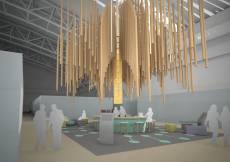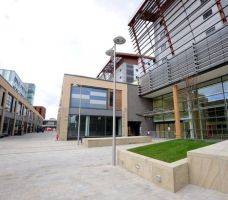September 30, 2014
Occupiers’ expansion plans fuel demand for Central London office space
The already intense levels of competition for prime Central London office space look set to increase. New data by JLL reports that leasing figures in the Central London office market are set to top those reached in 2013, with City lettings showing potential to reach over 7 million sq ft for the second year in a row and the West End on track for 3.3 million sq ft by the close of 2014. Strong take-up in these markets, combined with a resurged market in the Docklands, will see Central London take-up figures on track to exceed last year’s total of 11 million sq ft. While consolidation and lease expiries have been main drivers up to now, a buoyant economy means occupiers expansion plans are bringing new requirements to the market. Amazon’s recent decision to take a 400,000 sq ft pre-let at mixed-used development Principal Place at Shoreditch, is an early example of this and it’s expected more occupiers will follow suit.























September 5, 2014
Workplace design is increasingly interwoven with the dynamics of the city
by Colin Watson • Comment, Facilities management, Workplace design
More →